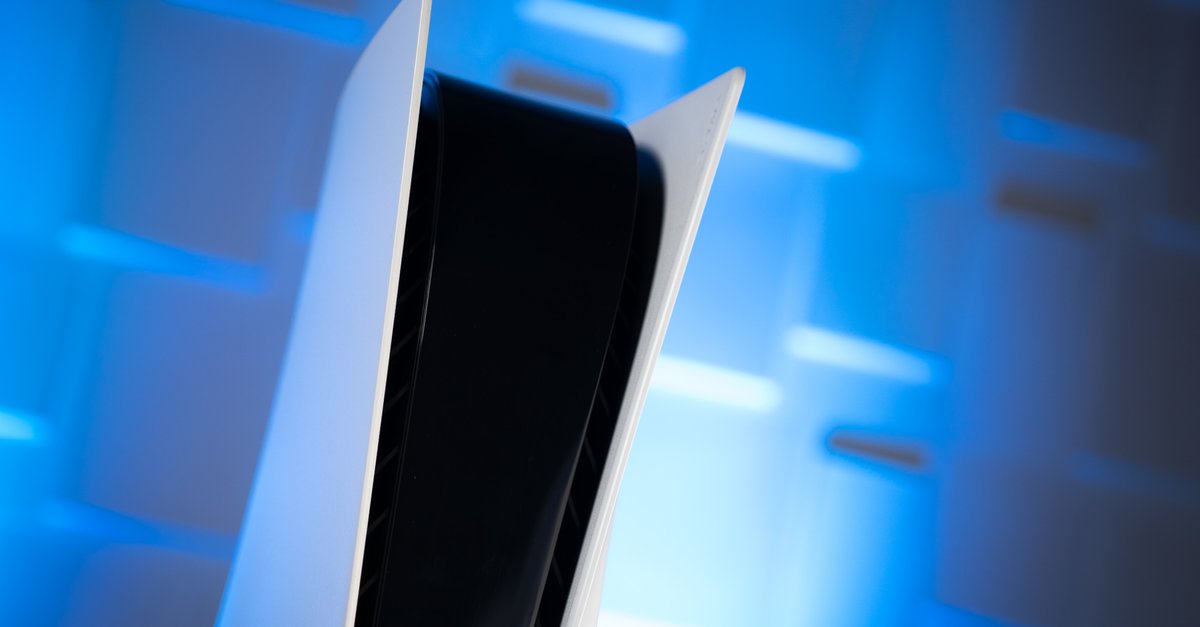Charging an e-car: How to refuel
The registration figures of the last few years indicate a direction: e-cars are the future. The infrastructure is still lagging behind, but the number of charging points in Germany is steadily increasing. You can find tips and tricks for charging your electric car here.
Contents
Charge e-cars at home: Wallbox and Co.
With an average range of modern e-cars of 120 to 600 kilometers, the idea of charging in your own garage is obvious. However, a normal socket does not offer sufficient security or the power required for pleasantly fast charging. A wall box here is the right solution. Another possibility could be the Flexible Smart Charging Cable from Bosch, which is scheduled to appear in mid-2022.
Private wall boxes usually charge with alternating current (AC) and offer a type 2 plug. Unlike the outdated Type 1 connectors, these connectors have 3 conductors, allowing three-phase charging with up to 22 kW or 32 A. The home network often does not provide much more. It is important that the lowest common denominator determines the actual charging capacity. In order to actually be able to charge with 22 kW, both the wall box or fuel pump as well as the cable and of course the car must support this.
Refuel your e-car on the go
Charging electric cars with direct current
At the gas pump it can usually be charged a little faster than at home. In addition to the higher maximum load, this is also due to the possibility of charging with direct current. Up to 225 kW can be activated on some columns. This is particularly beneficial for cars like the Tesla Model 3, which has a maximum of around 190 kW (source: insideevs.de) can be charged. It is worth knowing that inside such columns there are three modules, each delivering 75 kW. In our example with the Model 3, all three modules would be fully utilized. In a situation in which another e-car wants to charge at the 225 kW column, the charging power is now divided – the battery in our Tesla now takes a little longer to be fully charged.
Will we still need cables to charge electric cars in the future?
App tips for e-car drivers
The range is often a big issue with e-cars, but the WLTP value specified by the dealer rarely meetsWworldwide harmonized Leight vehicles Test Pprocedure) to. Factors such as the ambient temperature, precipitation or whether you have winter tires on the car reduce the possible kilometers. In truth, the range is just under 80 percent of the WLTP value.
Good advice is expensive when you are caught off guard by the empty battery far from home and the saving wall box. The right app with information about the nearest e-charging station is helpful in this situation. Stiftung Warentest recently selected the best charging apps for e-car drivers. The winner of the StiWa was the “EnBW mobility+” app. By the way, it is recommended to install several loading apps to compare. Conventional tank apps for combustion engines such as “clever-tanken.de” now also offer a search function for charging stations. The software is also among our recommendations for tank apps.
Charging card for e-cars
Similar to a SIM card from a network provider, there are charging cards from energy companies and charging station providers. The latter now even includes Aldi. As with data roaming, this makes it possible to fill up and pay with the charging card at stations from different providers. The exact price for the tank load is calculated from the number of kilowatt hours charged, the duration of the charging process or a combination of the two factors. On average, 100 km of range costs around €4.65. As with mobile phones, both roaming and start-up fees may apply.
In our encyclopedia we answer further questions about the topic of electric cars:



